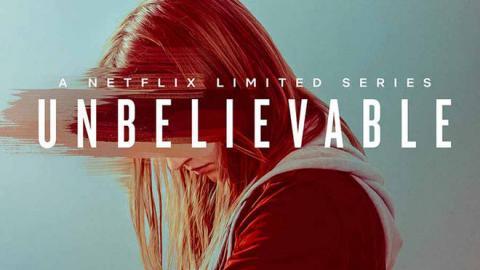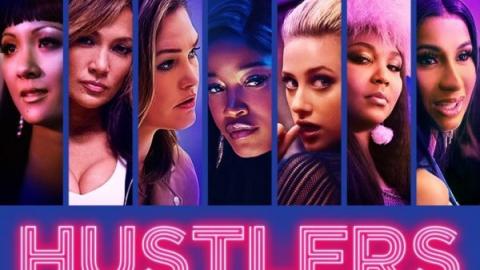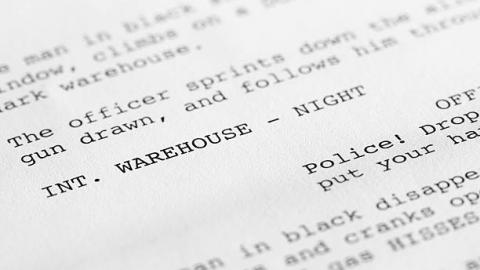Editing: The Art of Holding Long and Cutting Short
Share with friends
How can such a simple edit make or break a scene? Check out this video!
Ah, film editors – the unsung, behind-the-scenes workhorses that are faced with crucial decisions when it comes to every second of footage they’re presented with in the cutting room. Essentially, editors are storytellers too, which is why the importance of their work should never be taken for granted. And considering that film editing is all about visuals and timing, editors have the power to make a significant impact on the way a story is told or consumed on screen—especially when it comes to the art of Holding Long or Cutting Short.
Have you ever been watching a movie and there’s a take that lingers on a certain frame for what seems like an unconventionally long time, and then you start thinking about it and feeling all kinds of different feelings? That’s the effect that Holding Long has. It can build tension, create meaning, and evoke a strong emotional response—sometimes all at once. On the other side of things, the effect of Cutting Short can playfully defy expectations, leave some mystery in the air, and push the narrative forward in an unsettling manner. These techniques really make an impression, don’t they?
The video below (thanks to CineFix) expertly dives into these two dynamic editing concepts by using great examples from films such as the Polish arthouse drama IDA and the Coen brother’s Best Picture-winner NO COUNTRY FOR OLD MEN. Check out the clip, and keep these in-depth explanations in mind for the next time you open up your editing software or take in a movie.




